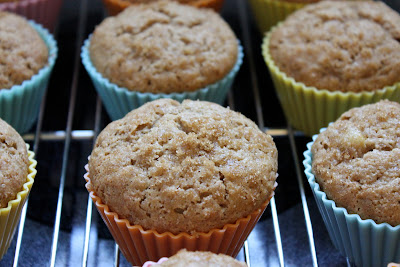Hi friends.
I have really enjoyed the researching, creating, and using of homemade cleaners. I'm just a little bummed that I didn't get into this earlier! So, I've already shared my favorite soft scrub cleanser recipe with you. I think we should start with a "Homemade Cleaning Kit" primer before I finish up and post the rest of my cleaning recipes.
OK. There are a handful of things that can be used to make virtually any cleaner you will ever need (specialty cleaning jobs aside). From the list below, you can make cleaners for your floors, walls, furniture, bathroom, car, appliances, and more. Are you ready to clean your house from top to bottom? Here are the basics:
Baking Soda: This is an all-purpose, multi-use cleaner and deodorizer. I'm sure many of you have heard of keeping a box in your fridge to absorb odors. The reason is because it works. Baking soda is adept at absorbing smells and freshening both the air and surfaces. It is also used as a mild abrasive (as in the soft scrub cleanser I made earlier).
Vinegar: This is truly the powerhouse of all cleaners. It works as a degreaser, deodorizer, (yes, its own odor dissipates over time), and antimicrobial agent. It can be added in small quantities to take many cleaners "up a notch." Although it is a super-common and super-cheap ingredient, it is honestly the one that scared me the most. I hate the smell, and I was skeptical that it would just "disappear." I had visions of my house continuously smelling like dill pickles. I can now lay those fears to rest. My house has been smelling quite fresh lately, thank-you-very-much. Mostly like peppermint and lavender--very nice.
Castile Soap: So, this one may be a little more unknown for some of you newbie-crunchies like me. Castile soap is an oil-based soap that is extremely mild and very effective at dissolving dirt. It is named "castile" because the method originated in the olive oil-producing region of Castile, Spain (thank you, Wikipedia.) It is a preferable soap in the green arena, as it is produced solely from plants--no animal-based tallow is used. I, myself, have fallen in love with Dr. Bronner's Castile Soap, Baby-Mild Unscented. I love it so much that we actually started using it in place of our regular bar soap and hand soap in the bathroom and kitchen! It is super-gentle on our skin (especially my two kids), and since it is meant to be diluted, a little goes a looooooong way. I love, too, that it is unscented, so we can add our own scent to the cleaners. They do carry castile soaps in various scents, if that would tickle your fancy.
Eco-Friendly Dishwashing Soap: So, this and castile soap can be used interchangeably in cleaners. The dish soap has a slight grease-fighting advantage. I tend to use dish soap in cleaners where I want that added muscle (to use in the kitchen) and castile soap in cleaners where gentle is the operative work (to use on the leather sofa). Honestly, the soft scrub and other cleaners work just as well using castile soap, so I make most of mine that way.
Essential Oils: As I talked about in my post about the soft scrub cleanser, many of these oils boast antimicrobial properties. Meaning, they not only add a delightful fragrance to your cleaners, but can actually help keep the germs at bay! This is a much safer "antibacterial cleaner" option for both your family and the planet.
With these four ingredients + water, combined in different ways, you can create an arsenal of cleaners to keep your home in tip-top. Stock up--the next post will tell you about how to mix 'em up!
-Chelsea
-Chelsea
















